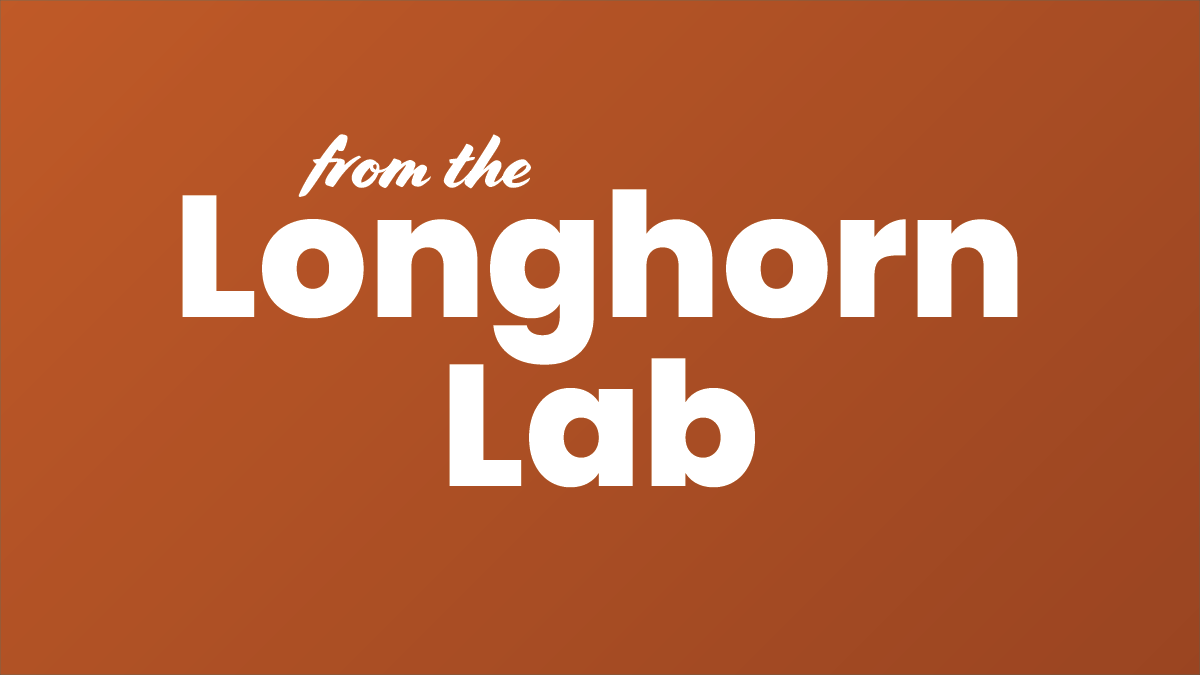Breathing Low Levels of Oxygen to Manage Your Type 2 Diabetes?

As an exercise physiologist in the Department of Kinesiology and Health Education at UT Austin, one of my research objectives centers on designing interventions to improve glucose control in individuals living with type 2 diabetes. We are currently conducting a study to determine whether a few short bouts of breathing low levels of oxygen, or hypoxia, can lead to an improved glucose response during an oral glucose tolerance test in men and women living with type 2 diabetes.
Control of fasting blood glucose and glycated hemoglobin levels (HbA1c), a marker of glycemic control directly associated with increased cardiovascular disease risk, is fundamental to the management of type 2 diabetes. As reported by the American Diabetes Association, the goal for most adults with diabetes is an HbA1c less than 7%. To achieve this goal, fasting blood glucose levels should be maintained between 80-130 mg/dL and blood glucose levels measured 90 to 120 minutes after a meal should be less than 180 mg/dL. Therefore, the ability to remove glucose from the blood and store it in muscle cells plays an important role in overall glycemic control. High levels of glucose in the blood observed after a meal stimulate the release of insulin, the hormone that triggers glucose uptake into muscle cells. Type 2 diabetes is characterized by a resistance to the action of insulin, which results in a greater and prolonged increase in blood glucose levels following a meal. Drugs like metformin help to lower blood glucose levels by increasing insulin sensitivity. However, while oral therapy has a successful initial impact, 50% of newly diagnosed patients who were originally managed with a single drug require the addition of a second drug within three years to achieve the target HbA1c value of less than 7%. It is therefore important to identify non-pharmacological interventions that improve glucose uptake in adults living with type 2 diabetes.
It is now known that breathing low levels of oxygen, or hypoxia, stimulates glucose uptake independently from the actions of insulin. Breathing low levels of oxygen can be performed by rebreathing into an anesthesia bag filled with air for a period of two minutes, also called rebreathing-induced hypoxia. Thus, the objective of our study is to determine whether breathing low levels of oxygen can attenuate the increase in glucose levels observed after a meal. To achieve this objective, the blood glucose and insulin response to an oral glucose tolerance test performed while breathing room air will be compared to the glucose and insulin response performed while performing several bouts of rebreathing-induced hypoxia. So far, our preliminary results show that rebreathing-induced hypoxia does attenuate the increase in blood glucose levels and improve insulin sensitivity after consumption of a high-glucose drink in people living with type 2 diabetes. Thus, our next step will be to determine whether a home-based intervention consisting of several sessions of rebreathing-induced hypoxia following a meal improves glycemic control in people living with type 2 diabetes. Rebreathing-induced hypoxia could therefore be a novel intervention to treat diabetes.
About the author:
Sophie Lalande, Ph.D., is an Assistant Professor in Exercise Physiology at the University of Texas at Austin. Her research mainly focuses on the effect of repeated exposure to intermittent hypoxia on oxygen-carrying capacity, vascular function, and glucose control in older adults and patients with type 2 diabetes. More information about the research conducted in the Clinical Exercise Physiology Laboratory can be found at https://sites.edb.utexas.edu/cepl/. Please contact Dr. Lalande at sophie.lalande@austin.utexas.edu if you are interested to participate in research projects taking place in her laboratory.






